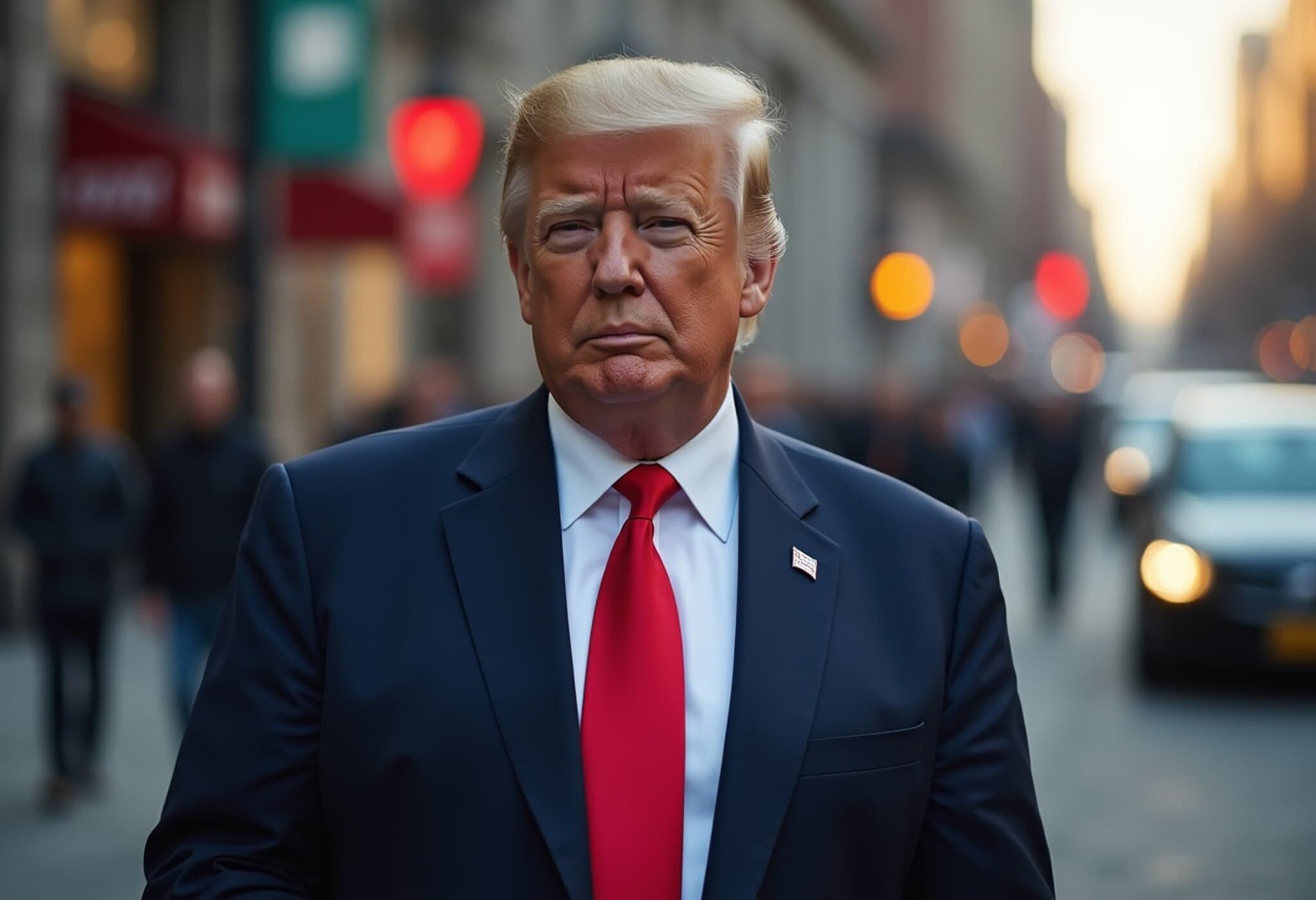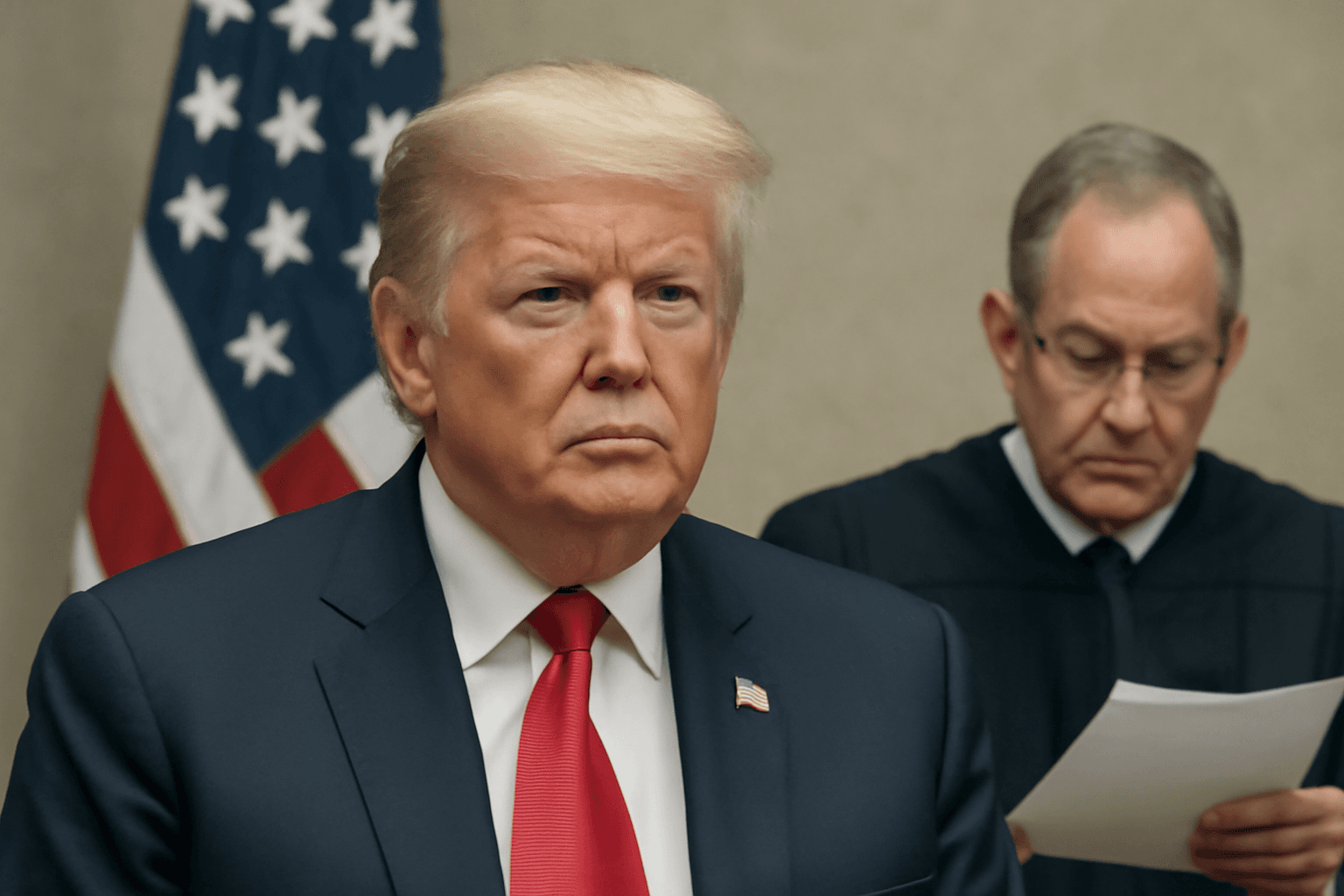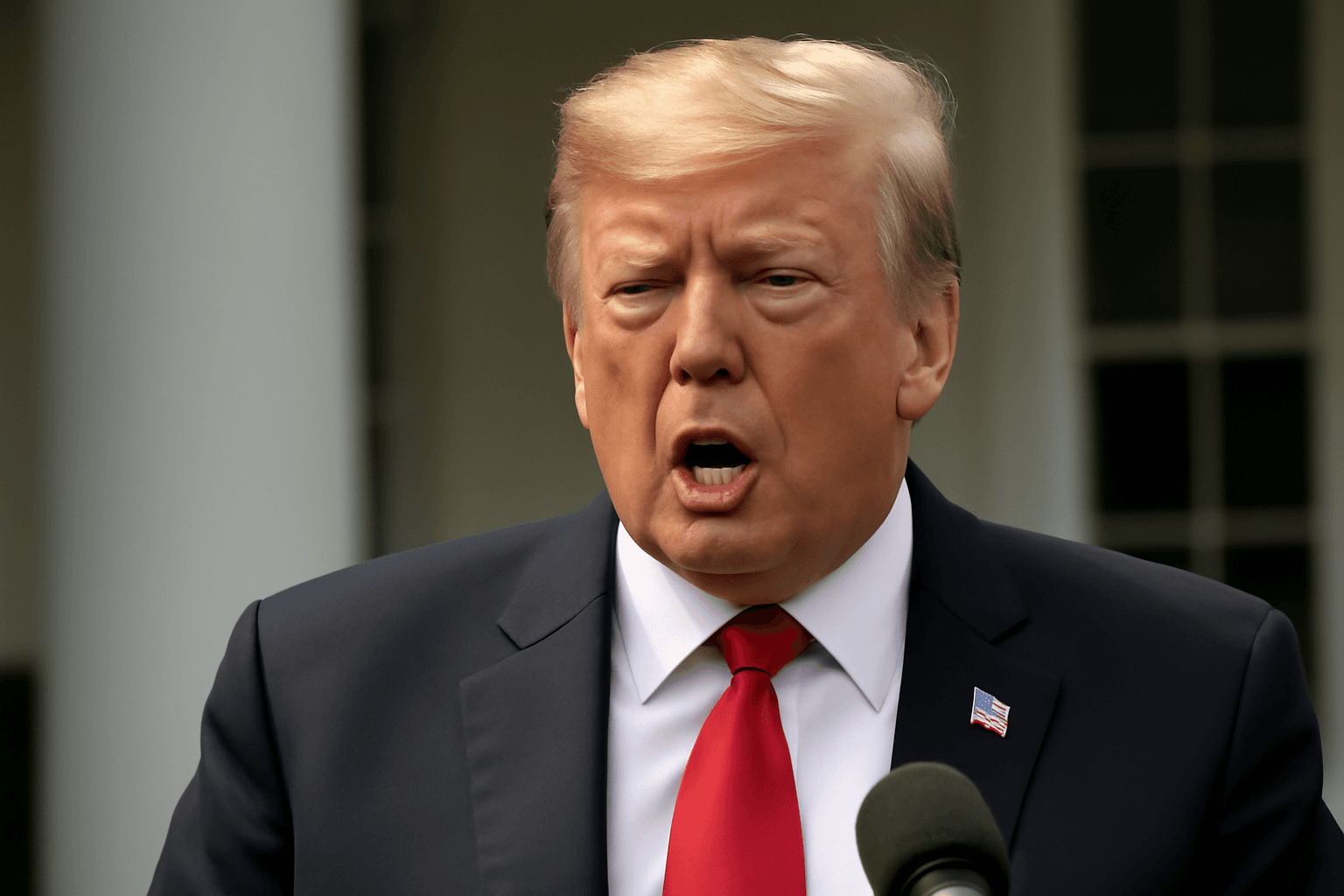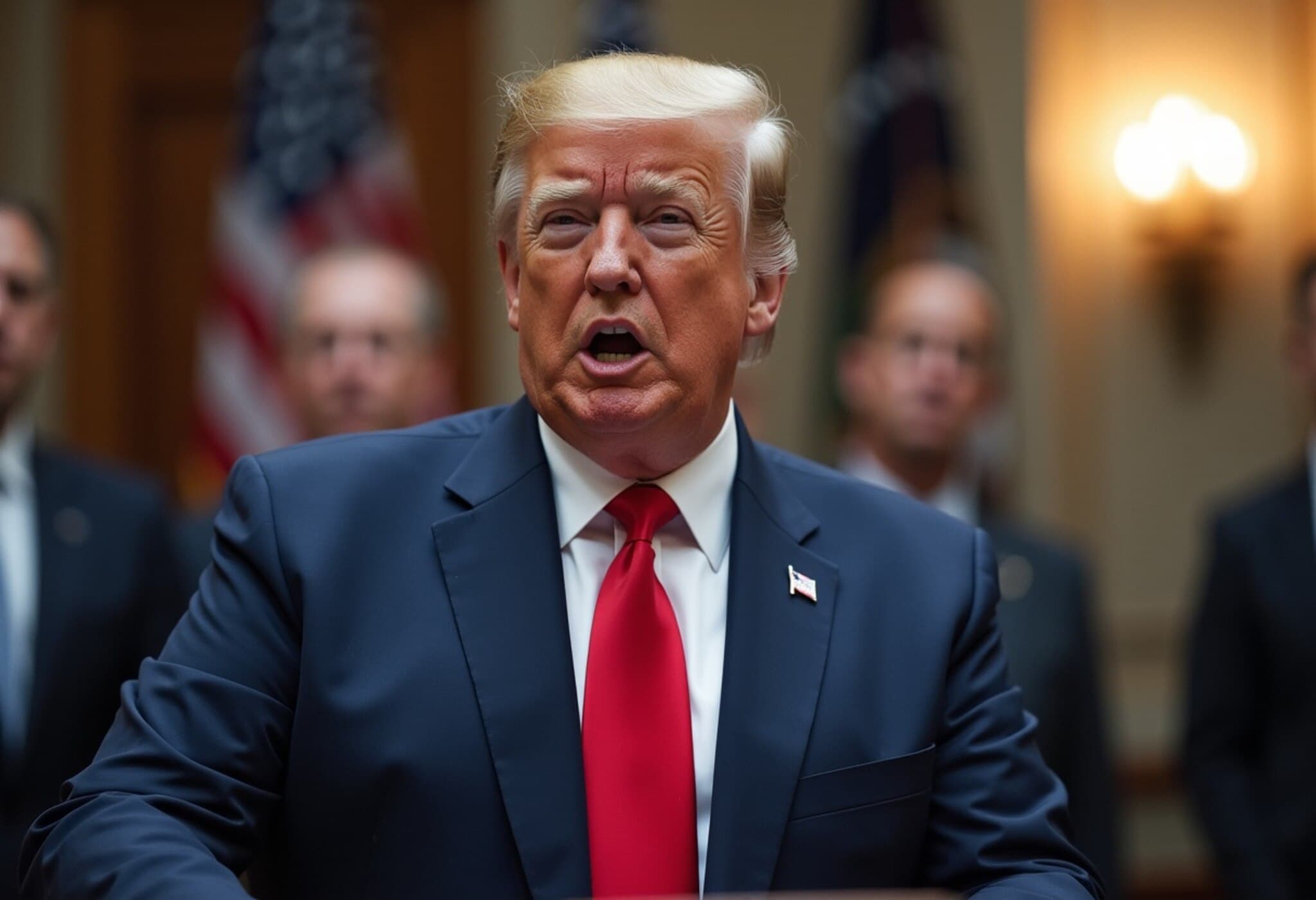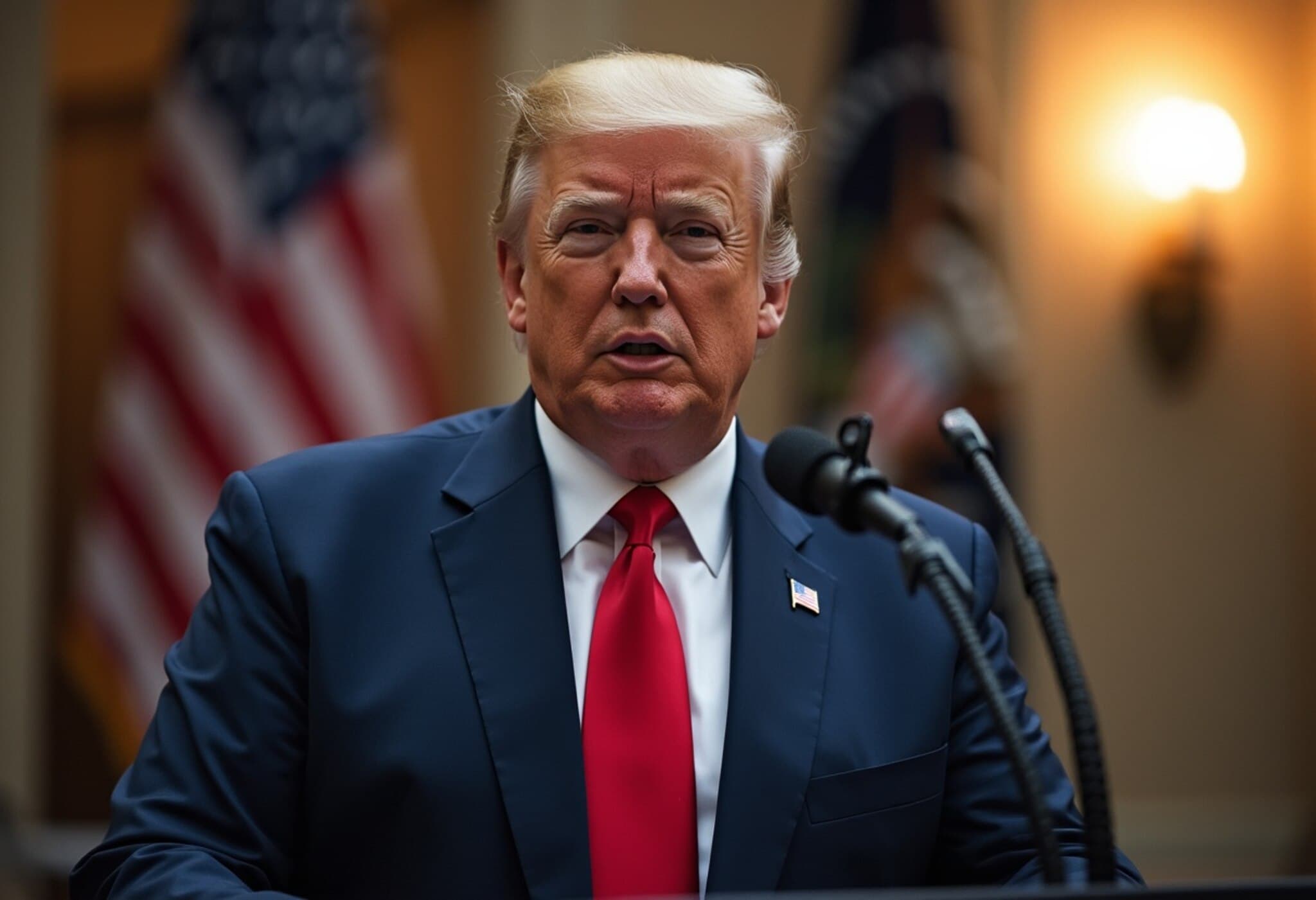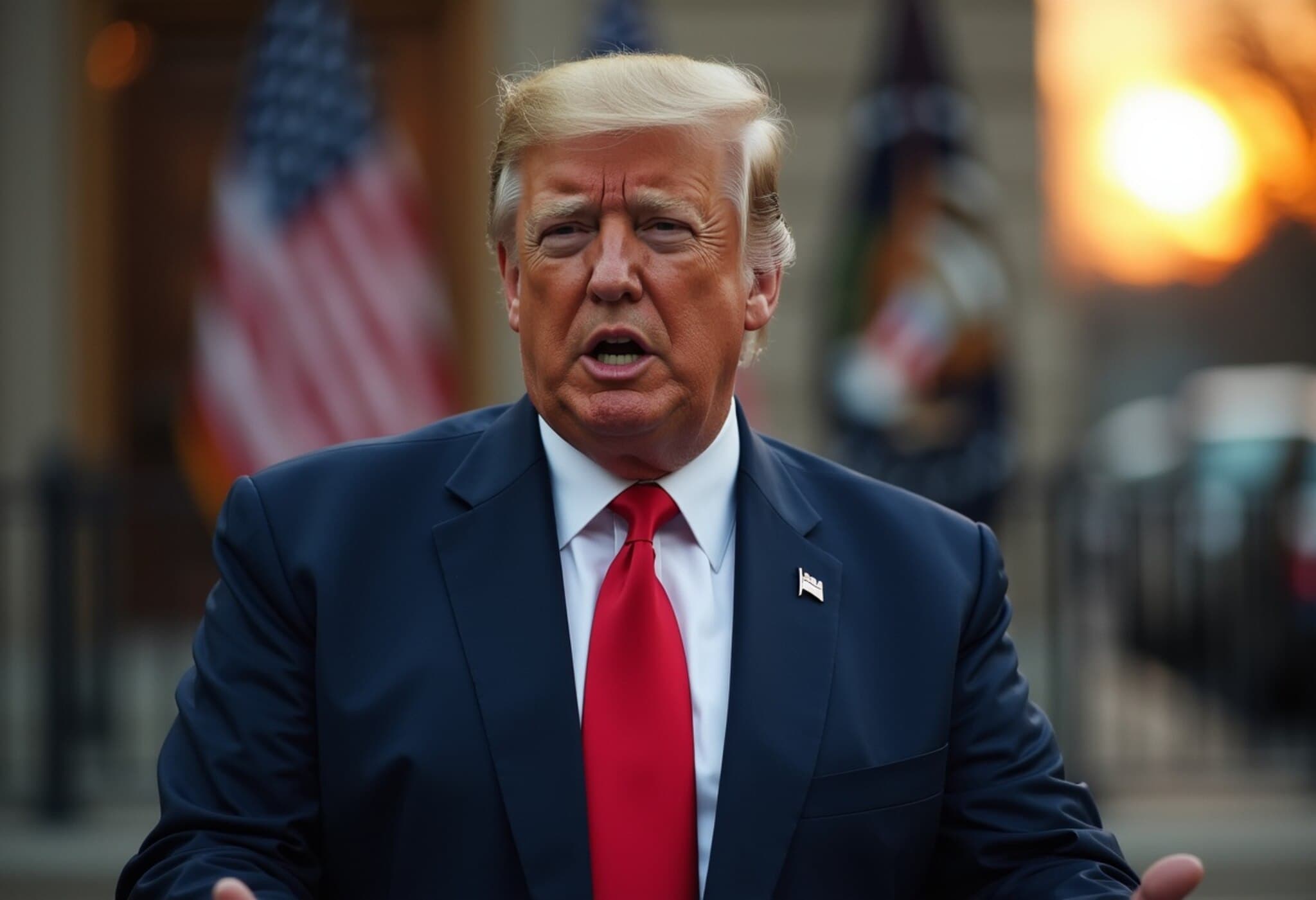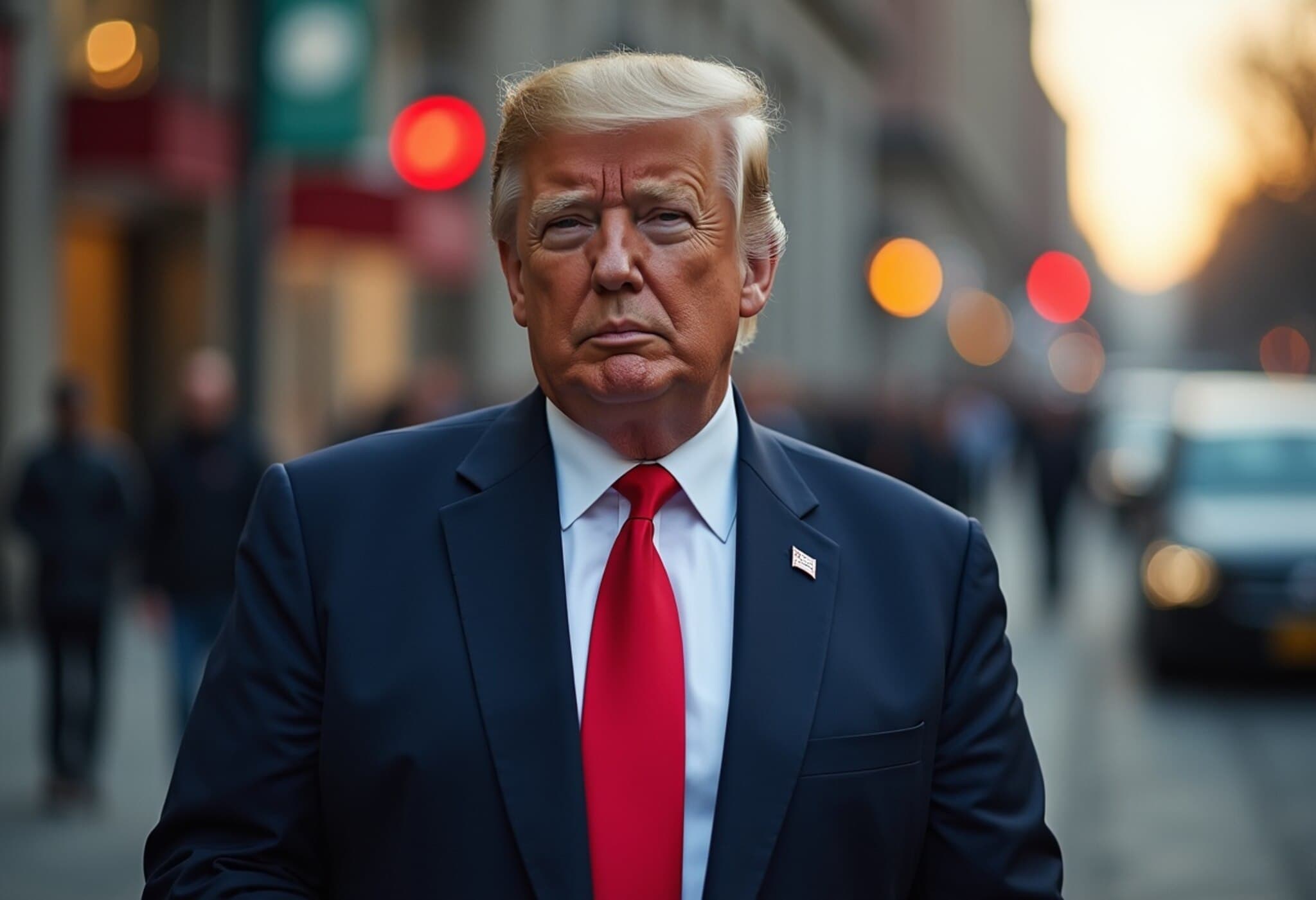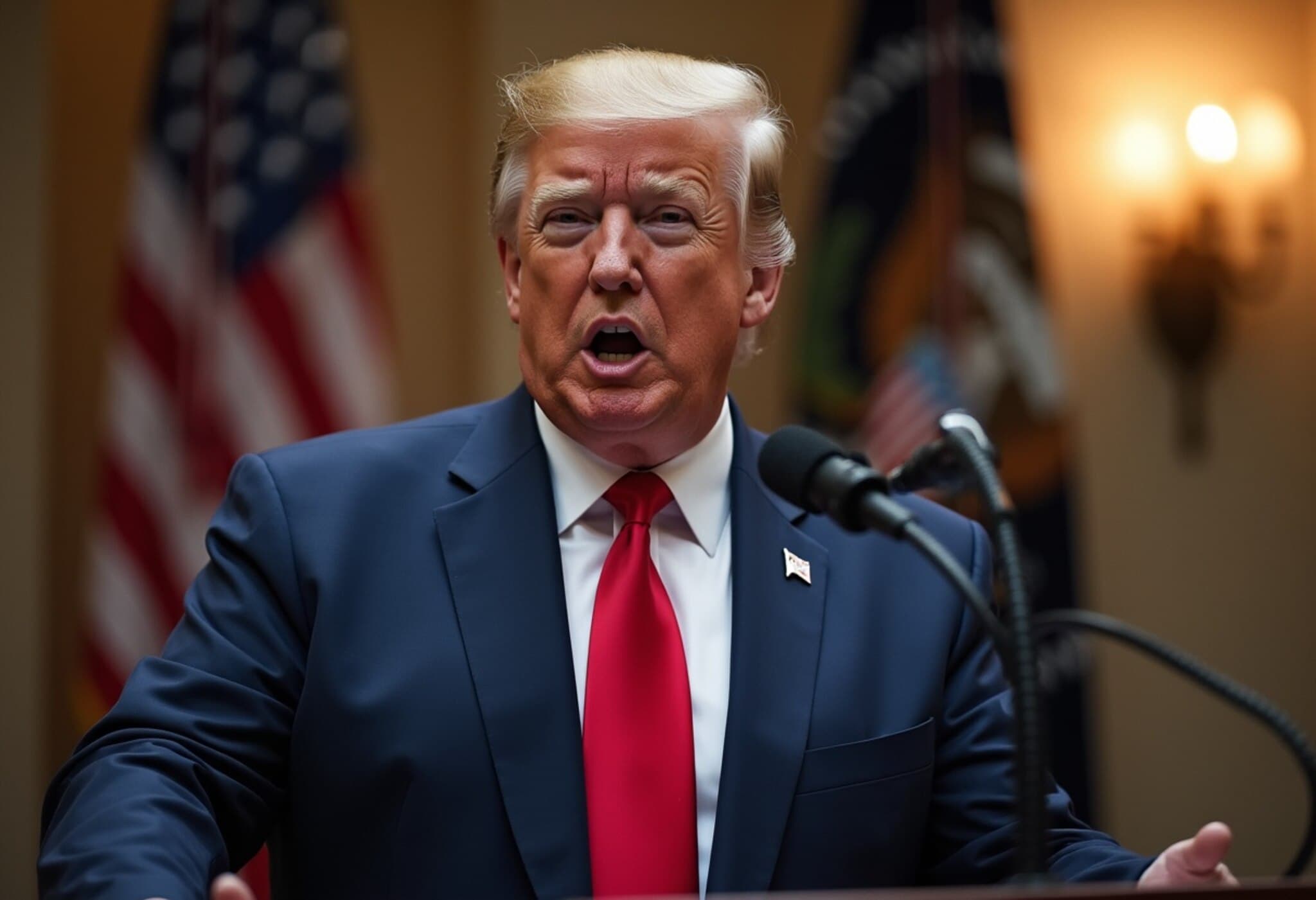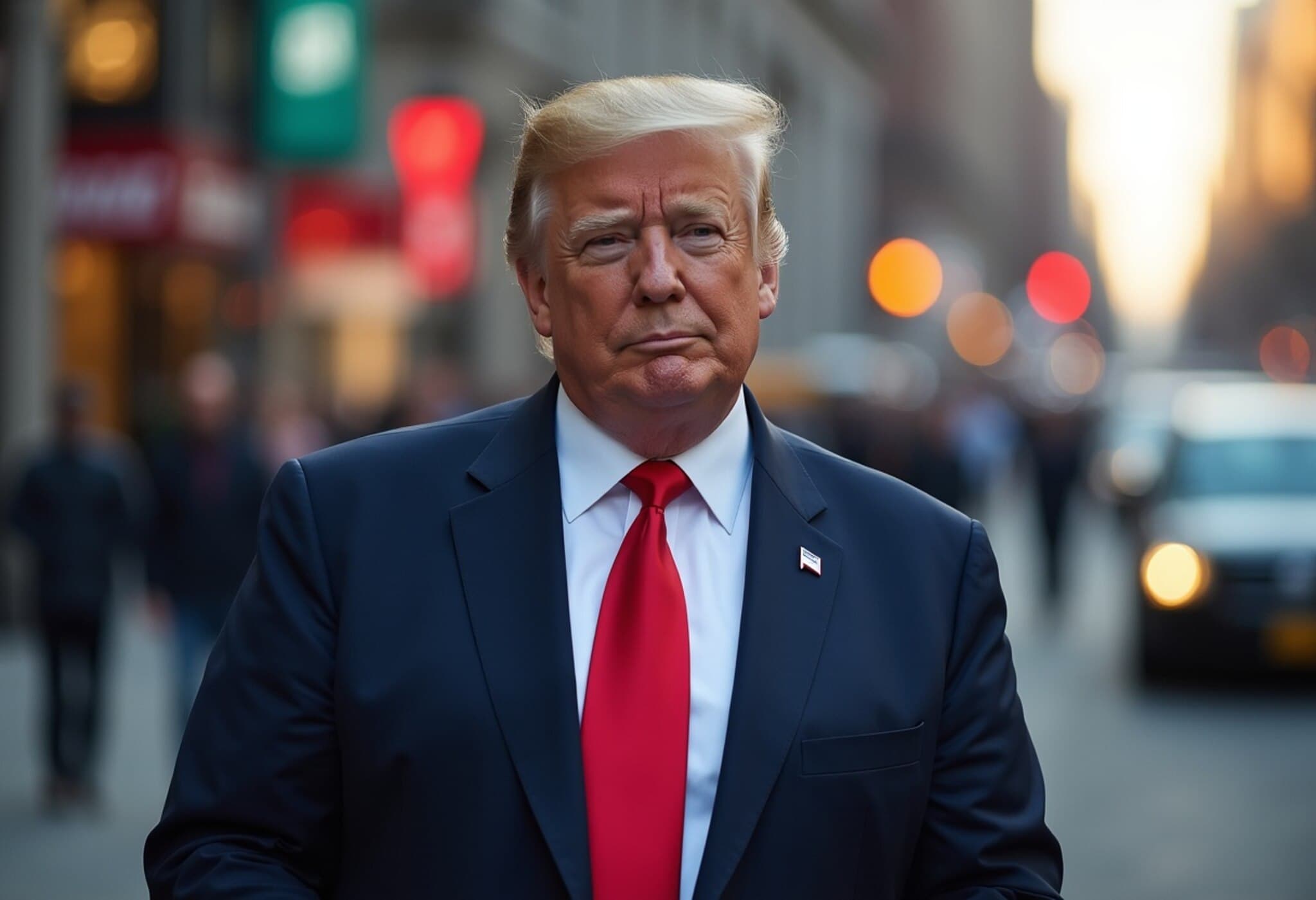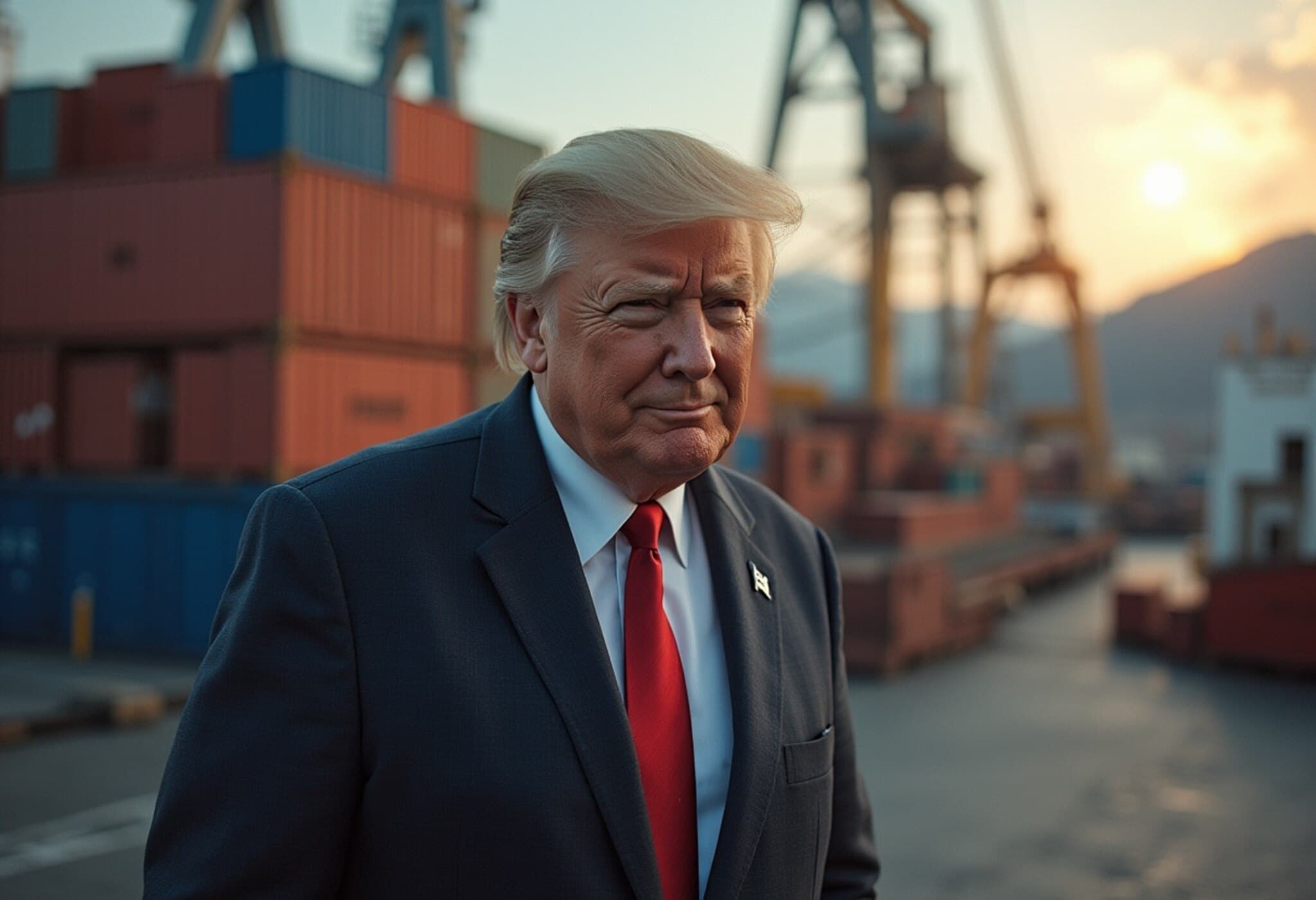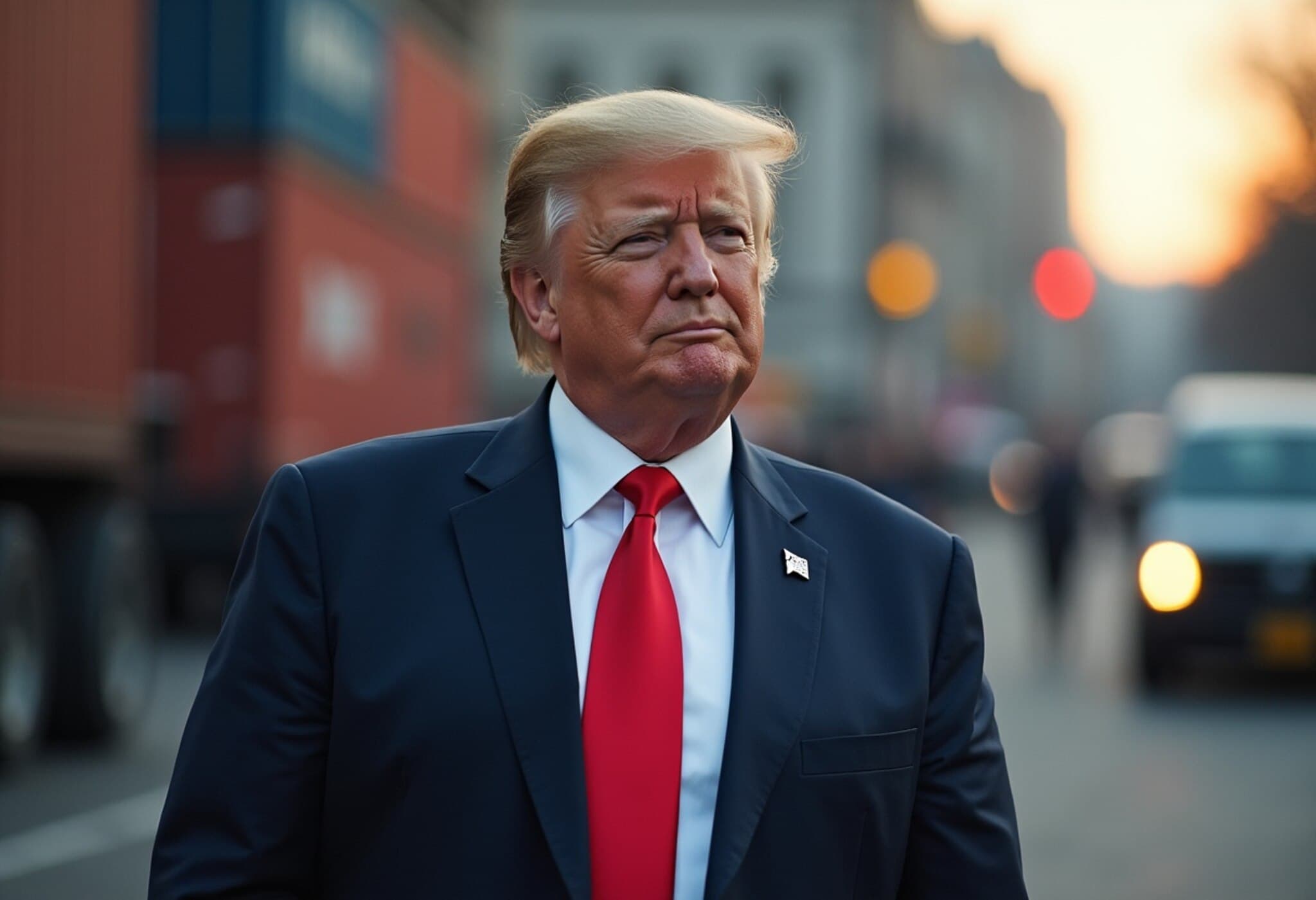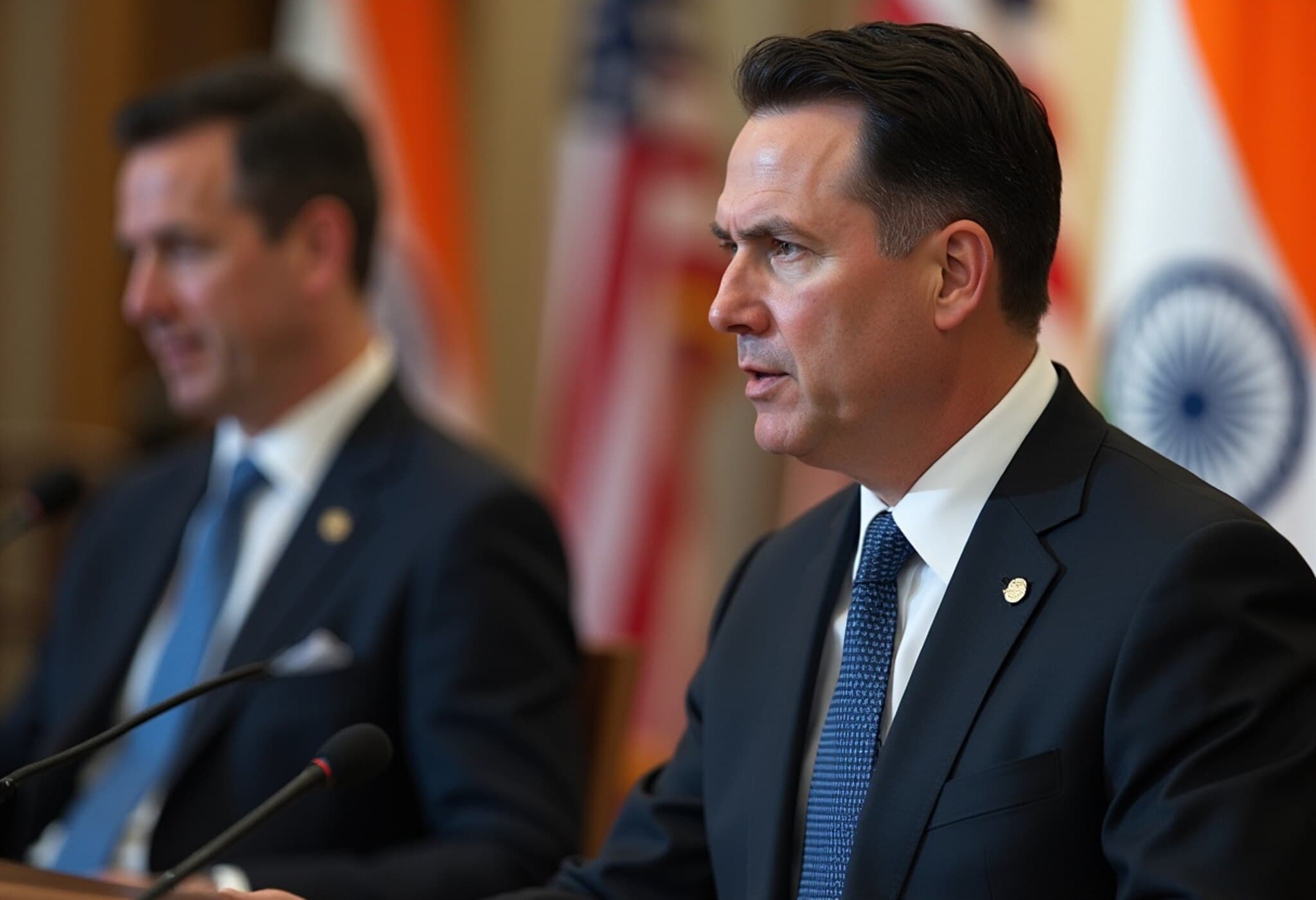Trump Introduces Revised Tariffs on Global Trade Partners
Just hours before the midnight deadline on August 1, 2025, former US President Donald Trump enacted a new executive order imposing modified reciprocal tariffs on numerous countries worldwide. This decisive move comes as part of Trump's ongoing strategy to address perceived imbalances in American trade relationships and reinforce national economic priorities.
A New Phase in America’s Trade Policy
Signed shortly after 7 PM local time, the updated tariffs mark a significant adjustment from measures first announced earlier in April. The White House plans to activate the new tariffs starting August 7, setting the stage for a critical evaluation of global economic dynamics and US alliance durability. This initiative underscores the administration’s commitment to recalibrating trade policies amid mounting global economic uncertainties.
Key Features of the Modified Tariff Scheme
- Universal tariff rates remain at 10% for nations with which the US maintains a trade surplus.
- Nations with a US trade deficit face a 15% baseline tariff floor, signaling a tougher posture on countries benefiting disproportionately in trade.
- An increase from 25% to 35% tariff on certain goods comes into effect immediately, emphasizing a stronger stance against unfair trade practices.
- Trade compliant with the United States-Mexico-Canada Agreement (USMCA) is exempted from the elevated tariff rate, illustrating the administration's support for regional trade partnerships.
The Most Affected Countries
The administration highlighted that some nations have committed to meaningful trade and security agreements with the US, while others either refrained from negotiations or proposed terms deemed unsatisfactory. Consequently, several countries have experienced steep tariff hikes, including but not limited to:
- Syria: 41% tariff rate
- Laos and Myanmar: 40%
- Switzerland: 39%
- Iraq and Serbia: 35%
- Algeria, Bosnia and Herzegovina, Libya, South Africa: 30%
Over a dozen other nations face tariff rates exceeding 15%, reflecting the administration’s dual approach of negotiation incentives and stringent trade penalties.
Expert Perspective: Economic and Strategic Implications
Trade experts view these tariff revisions as a double-edged sword. While they aim to protect American industry and reduce trade deficits, the ripple effects could disrupt global supply chains and trigger retaliatory measures, potentially slowing economic growth. The selective exemptions under USMCA indicate a nuanced balancing act between pursuing protectionism and preserving critical trade alliances.
Moreover, the timing—right before the August 1 deadline—suggests a strategic effort to maximize leverage in ongoing trade dialogues. Policymakers and economists are closely monitoring these developments, recognizing that the tariffs reflect broader geopolitical ambitions intertwined with domestic economic agendas.
Underreported Narratives
What often escapes public discourse is the uneven impact these tariffs impose on small and medium-sized enterprises (SMEs) within affected countries and even domestically. While large corporations may absorb or circumvent increased costs, SMEs typically bear the brunt, risking job losses and diminished innovation capacity. Additionally, the tariffs’ link to national security justifications signals a trend where economic policies become instruments of geopolitical strategy, demanding greater scrutiny and public debate.
Looking Ahead: What Lies Beyond August 7?
With these tariffs entering into force imminently, the US and global markets are bracing for adjustments. Key questions remain:
- Will affected nations pursue negotiated settlements to avoid higher tariffs, or retaliate further?
- How will these tariffs impact inflationary pressures on US consumers and businesses?
- What role will Congress and international trade bodies play in mediating the evolving landscape?
As the situation unfolds, the balance between safeguarding American interests and fostering global economic cooperation remains precarious.
Editor’s Note
The introduction of revised reciprocal tariffs reflects an assertive trade policy stance prioritizing American economic sovereignty. However, the complexity of global trade demands a delicate calibration between national interests and international partnerships. Readers are encouraged to consider not only the headline figures but also the broader socio-economic repercussions—especially on smaller economies and businesses often overshadowed in trade policy debates. In an interconnected world, tariffs are more than numbers; they are catalysts reshaping the fabric of global cooperation and competition.

